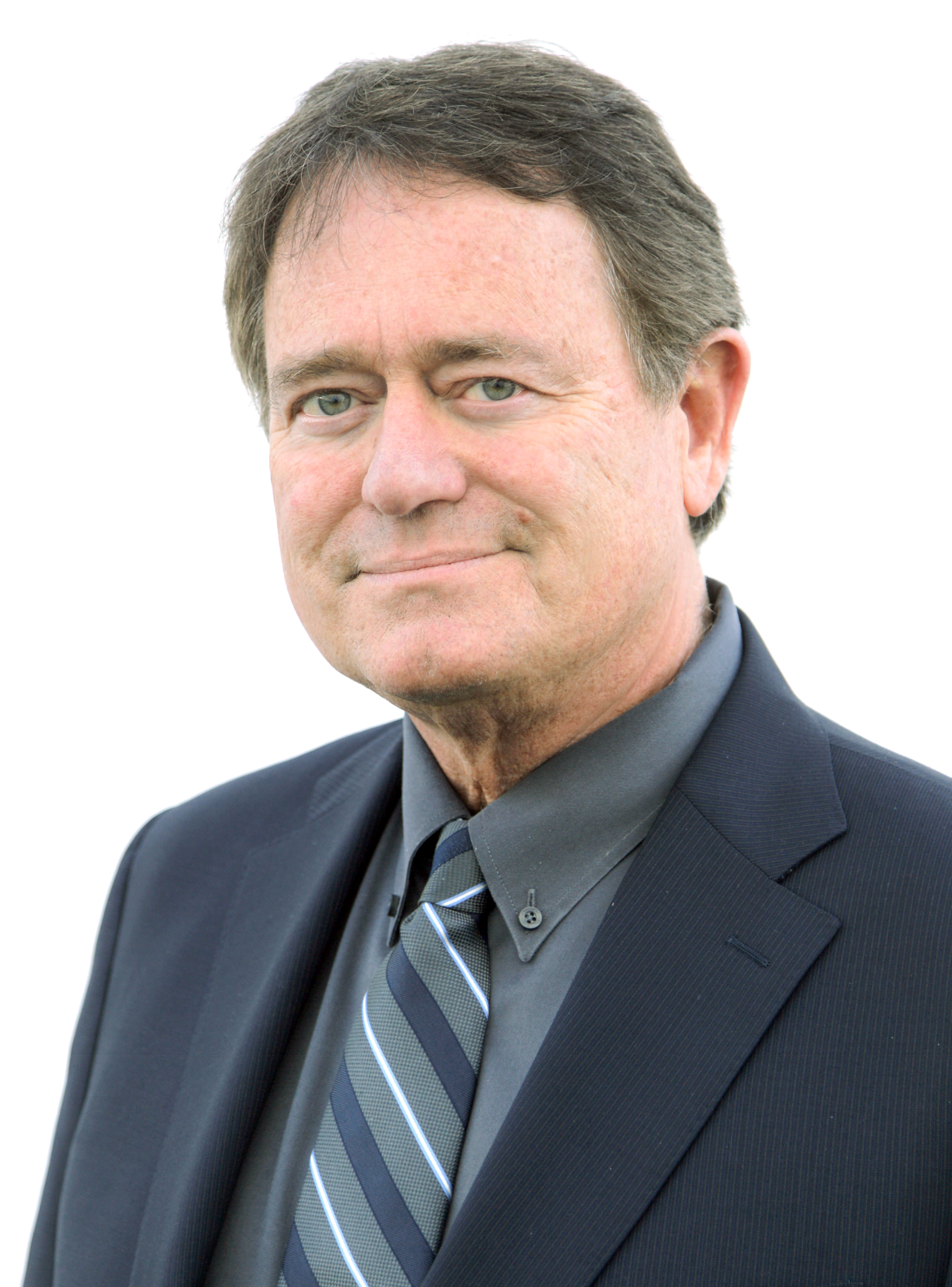Mobile Handheld DTV Project Moves Forward

The work to develop a comprehensive standard for mobile and handheld services—known as ATSC-M/H—has reached a milestone with completion of the initial draft of technical specifications. ATSC-M/H is being developed to support a variety of services including free (advertiser-supported) television and interactive services delivered in real time, subscription-based TV, and file-based content download for playback at a later time. The standard may also be used for transmission of new data broadcasting services such as real-time navigation data for in-vehicle use.
Work on the mobile/handheld standard is being done within the Specialist Group on ATSC-M/H (TSG/S4), which is led by Mark Aitken of Sinclair Broadcast Group as chair and Dan Borowicz of Ion Media as vice-chair.
The major elements of the ATSC-M/H system have been selected and work over the summer in TSG/S4 focused on documenting the overall system. On Sept. 25 the ATSC Technology and Standards Group approved issuance of a letter ballot on the ATSC-M/H document set as a Candidate Standard.
A CS is a specification that has received significant review within an ATSC specialist group. Advancement of a document to CS is an explicit call to those outside of the related specialist group for implementation and technical feedback. This is the phase at which the specialist group is responsible for formally acquiring that experience or at least defining the expectations of implementation. The parent technology group must approve advancement of a document to CS status; this done by a ballot of voting members of the group.
Because the CS phase is intended to gain real-world implementation experience, ATSC member companies are already thinking about possible steps they can take to make sure that the ATSC-M/H system functions as intended, and to identify any elements that might require additional work.

When TSG votes to elevate a document to CS, it also sets the period of time of the CS implementation phase. The CS period for ATSC-M/H is expected to be approximately six months. A CS may be revised during this period, giving the specialist group the ability to address any issues that are identified during trial implementations. TSG/S4 also plans on conducting laboratory tests and field tests on the system during the CS phase. Draft laboratory and field test plans have already been developed.
DOCUMENTATION
The focus of TSG/S4 up to this point has been to develop the draft specification—in ATSC parlance the working draft. A working draft is a technical document that is in development within a specialist group. Generally speaking, specialist groups create working drafts with the intent of advancing them along the standardization track.
In a tip of the hat to the core ATSC DTV standard—document A/53—the final ATSC-M/H standard will be known as A/153. Like A/53, A/153 will be modular in concept, with the specifications for each of the modules contained separate parts, specifically:
Part 1—"Mobile/Handheld Digital Television System"
Part 2—"RF/Transmission System Characteristics"
Part 3—"Service Multiplex and Transport Subsystem Characteristics"
Part 4—"Announcement"
Part 5—"Presentation Framework"
Part 6—"Service Protection"
Part 7—"Video System Characteristics"
Part 8—"Audio System Characteristics"
Part 1 of A/153 includes an overall system description and serves to tie the other parts of the document together. An additional part focusing on content protection is planned for later release.
TSG/S4 divided the ATSC-M/H task into four main elements, with most of the detailed work taking place in those sub-groups:
Physical Layer Group (S4-1). Led by Michael Doerr of Coherent Logix as chair and Bruce Franca of MSTV as vice-chair, the Physical Layer Group is focusing on the RF, forward-error-correction and legacy transport elements.
Management Layer Group (S4-2). Led by Rich Chernock of Triveni Digital as chair and Alan Moskowitz of MobiTV as vice-chair, the Management Layer Group is focusing on ATSC-M/H transport, signaling, announcement, streaming and file delivery, service protection and content protection.
Presentation Layer (S4-3). Led by Brett Jenkins of Ion Media as chair and Dakx Turcotte of Neural Audio Corp. as vice-chair, the Presentation Layer Group is focusing on audio coding, video coding and image formats.
Systems Group (S4-4). Led by Art Allison of NAB as chair and Azfar Inayatullah of Sarnoff Corp. as vice-chair, the Systems Group is focusing on interface and project management issues.
Under the ATSC structure, the sub-groups reported their recommendations to the parent TSG/S4 specialist group, which then recommended the draft ATSC-M/H system to TSG. For ATSC standards, balloting occurs at two levels: 1) TSG and 2) the ATSC membership.
The current work plan for ATSC-M/H meets broadcasters' often-stated need to announce the availability of future mobile/portable/handheld services in the first quarter of 2009. If all goes as planned, TSG will be asked to approve a ballot on an ATSC-M/H proposed standard by May 2009, with the ATSC process ending with final membership approval in Q3 of 2009.
Work within ATSC is open to all organizations with a direct and material interest. If you would like to get involved, please contact the author.
Jerry Whitaker is vice president of standards development for the ATSC. You can reach him via TV Technology.
Get the TV Tech Newsletter
The professional video industry's #1 source for news, trends and product and tech information. Sign up below.

